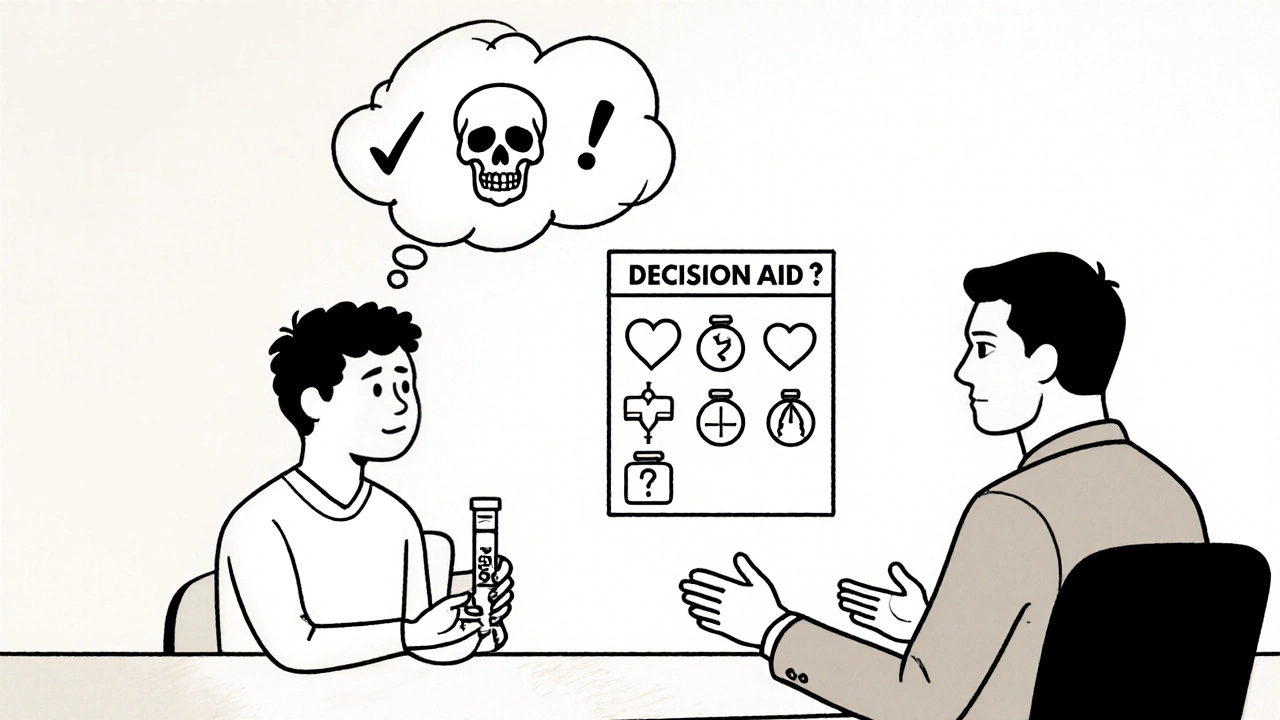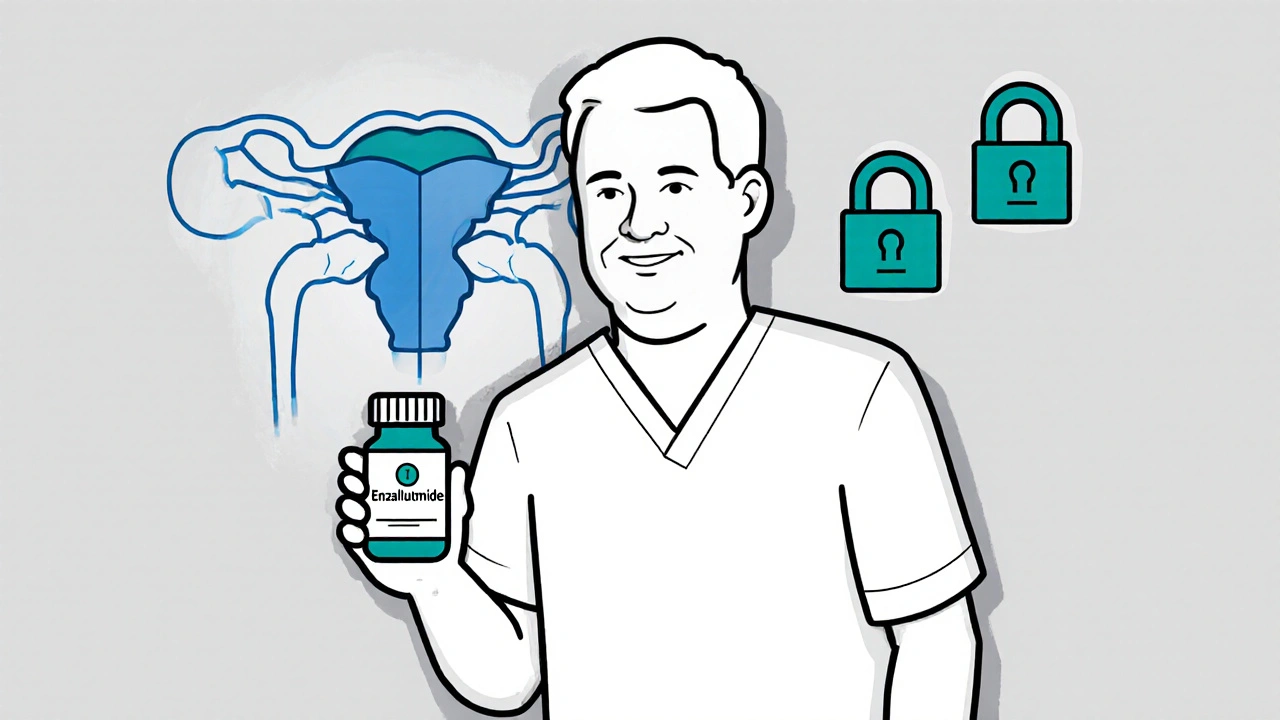Prostate Cancer: Symptoms, Treatments, and What You Need to Know
When you hear prostate cancer, a common type of cancer that starts in the prostate gland, a small organ below the bladder in men. It's known as PCa, and while it’s one of the most diagnosed cancers in men, many cases grow slowly and don’t cause serious problems right away. The key is catching it early — not because it’s always dangerous, but because some forms are aggressive and need quick action.
Most men don’t feel symptoms until the cancer has grown enough to press on the urethra. That’s when trouble with urinating shows up — weak stream, frequent trips to the bathroom, especially at night, or the feeling that you can’t fully empty your bladder. These signs can also come from something harmless like benign prostatic hyperplasia, a non-cancerous enlargement of the prostate that affects most men over 50. That’s why doctors rely on the PSA test, a blood test that measures prostate-specific antigen levels, often used as a first step in screening. But PSA isn’t perfect. High numbers don’t always mean cancer, and some cancers slip through with normal readings. That’s why it’s paired with digital exams and sometimes biopsies.
What happens after diagnosis depends on how fast the cancer is growing, your age, and your overall health. Some men choose active surveillance — regular check-ups and tests to watch for changes, avoiding treatment side effects like incontinence or erectile dysfunction. Others go straight to surgery, radiation, or hormone therapy. Newer treatments like targeted drugs and immunotherapy are showing promise for advanced cases, but they’re not for everyone. The goal isn’t just to kill cancer cells — it’s to keep you living well while doing it.
You’ll find real stories and practical breakdowns below. Not theory. Not ads. Just clear comparisons of treatments, what side effects really feel like, how to talk to your doctor, and what works when other options fail. Whether you’re newly diagnosed, supporting someone who is, or just trying to understand your own risk, this collection gives you the facts without the fluff.


